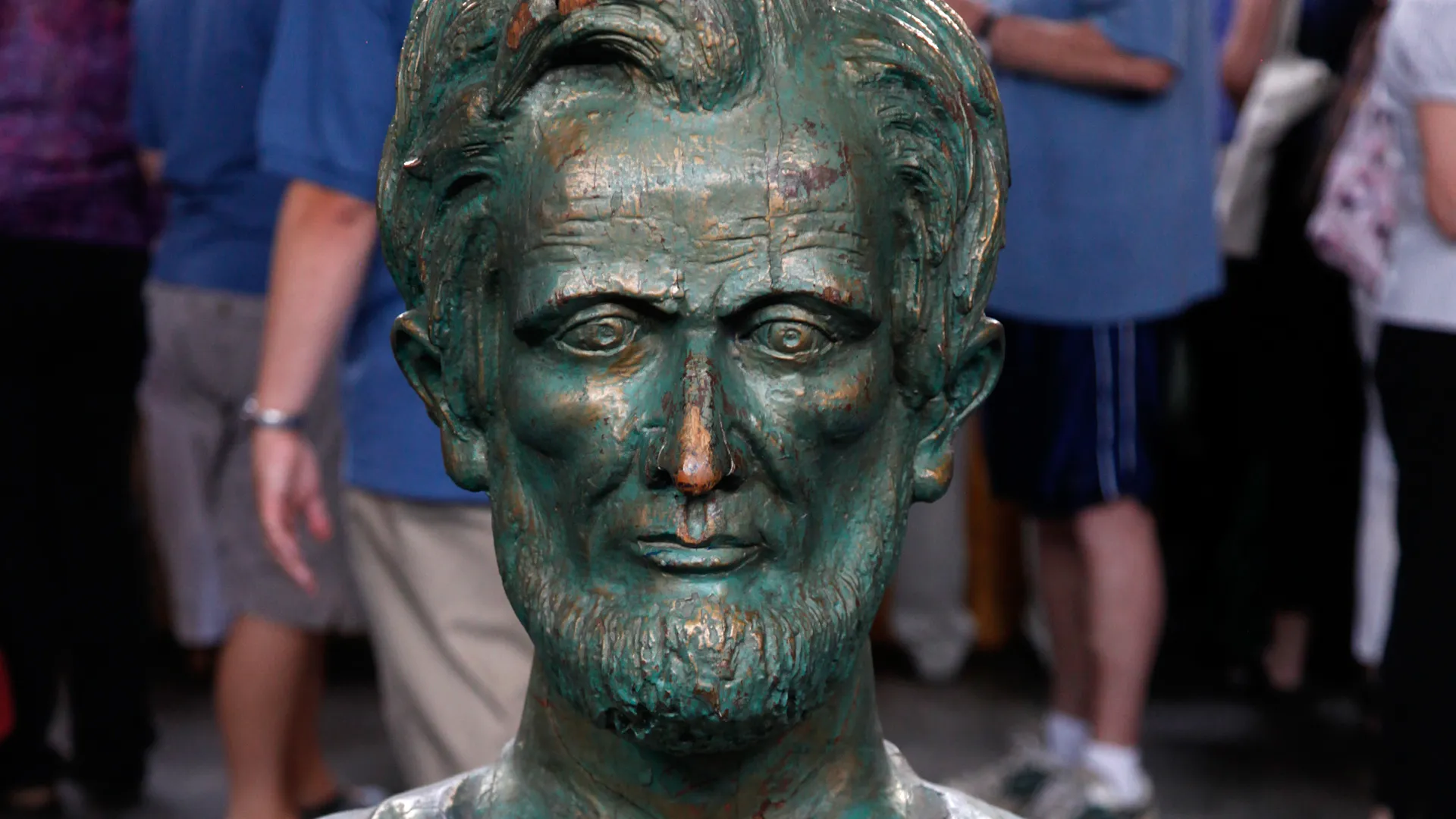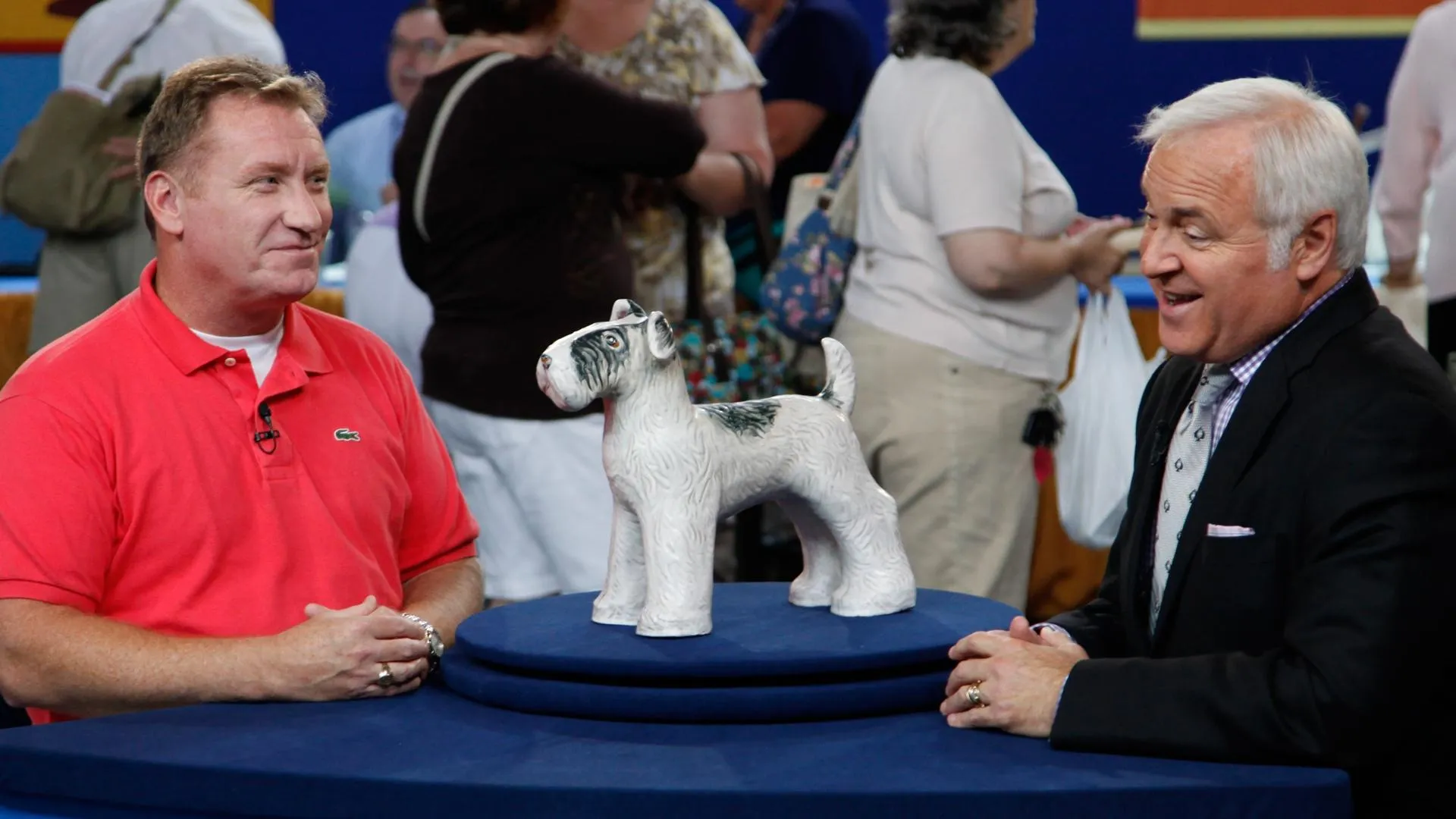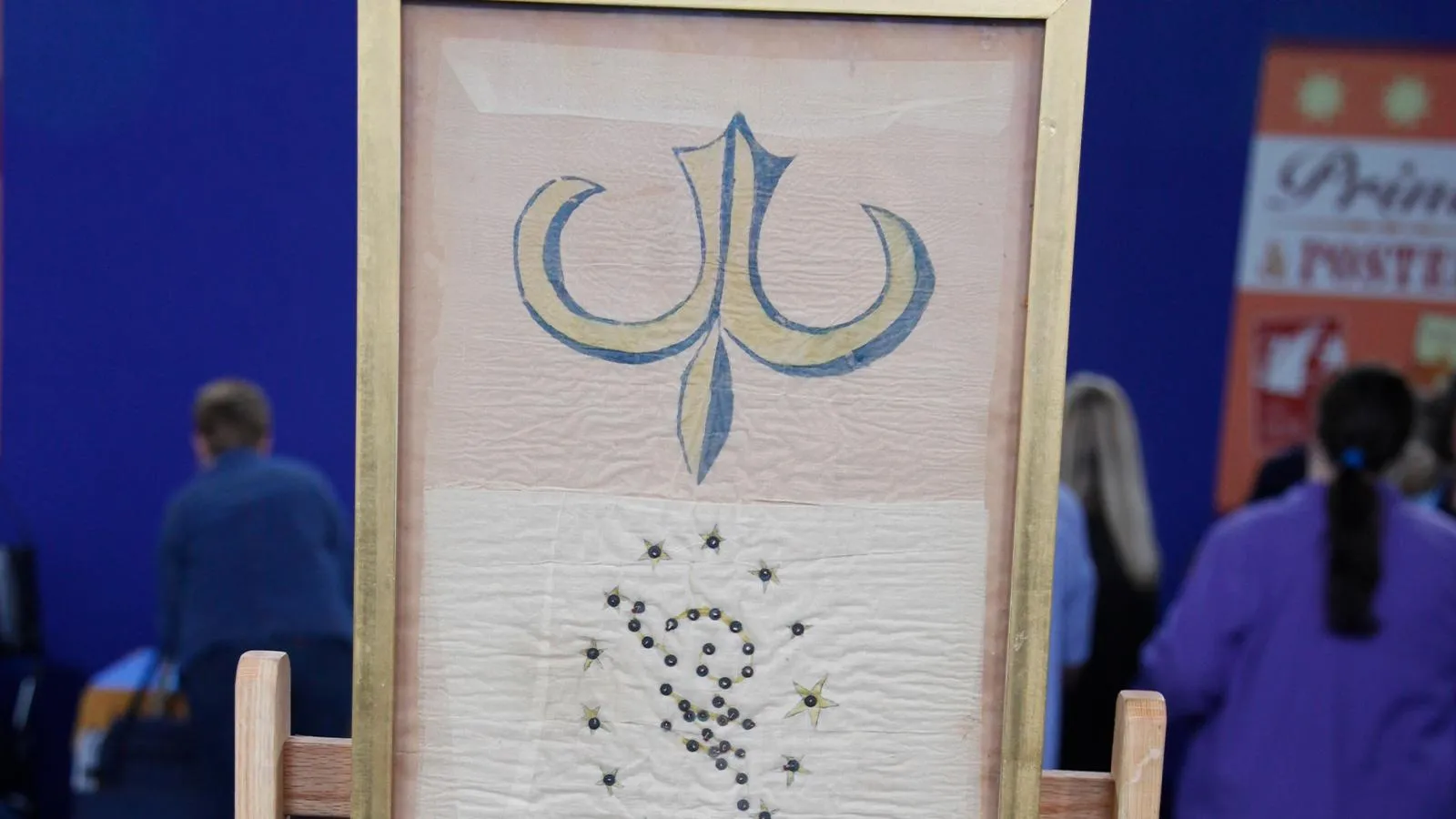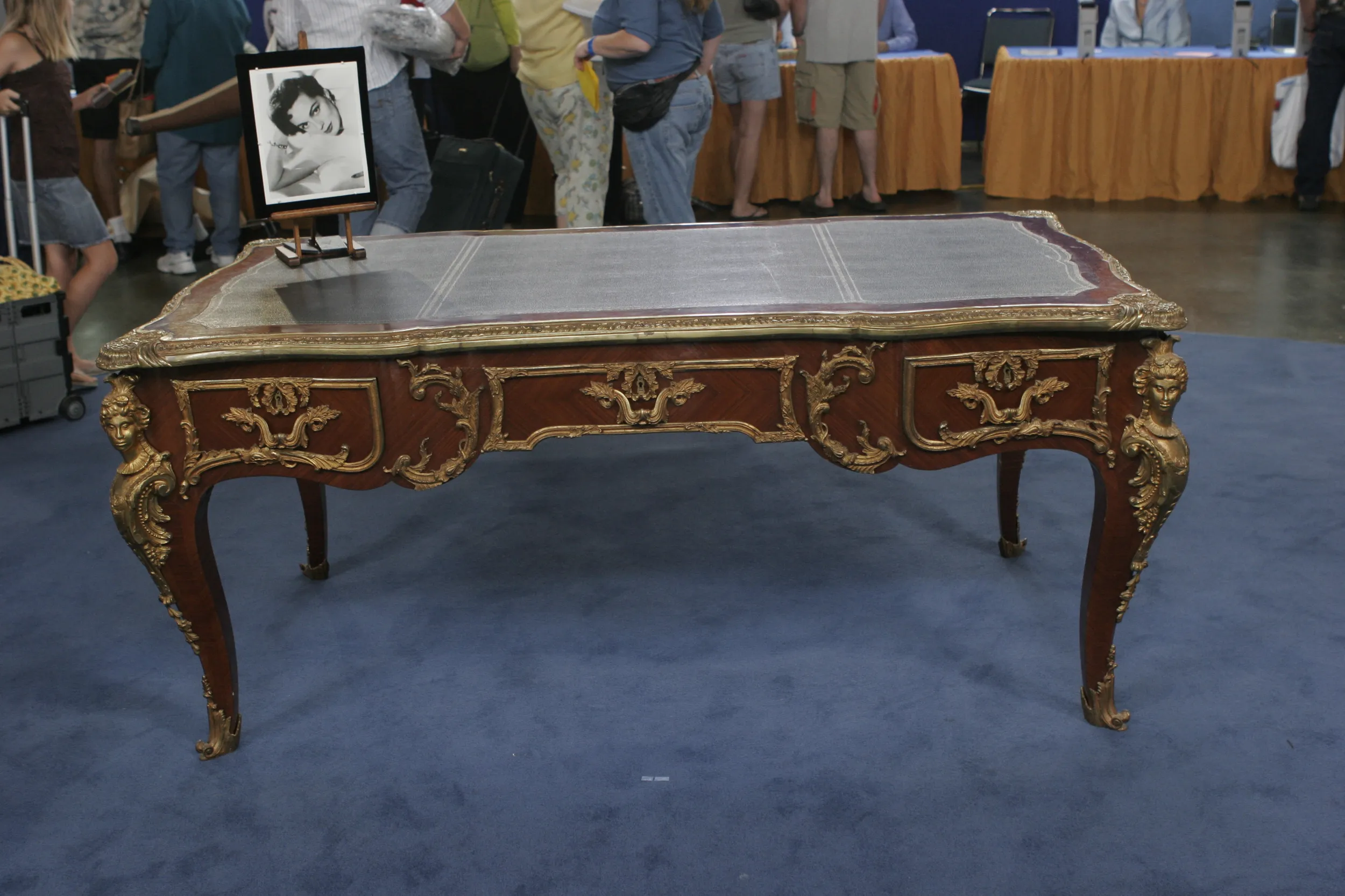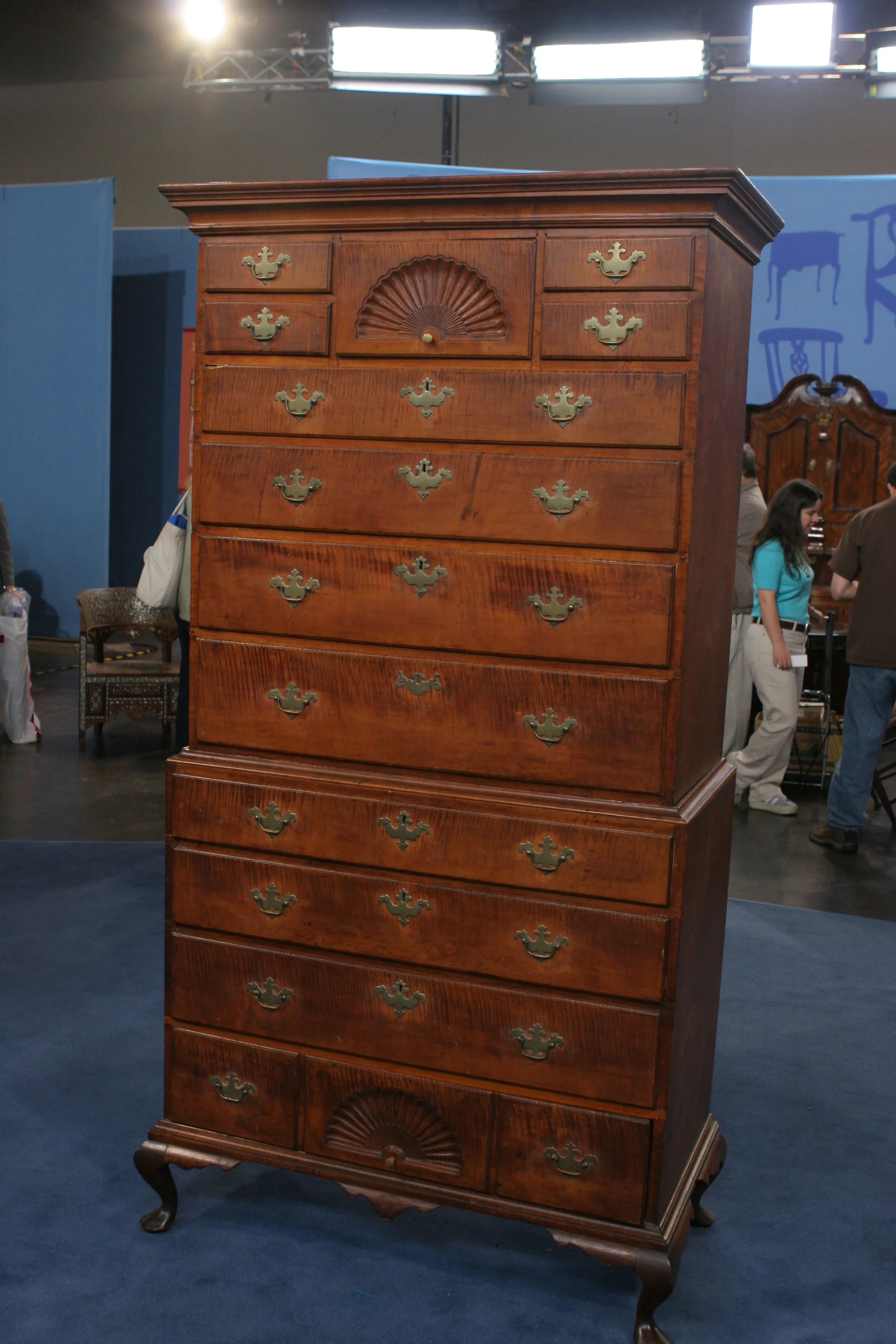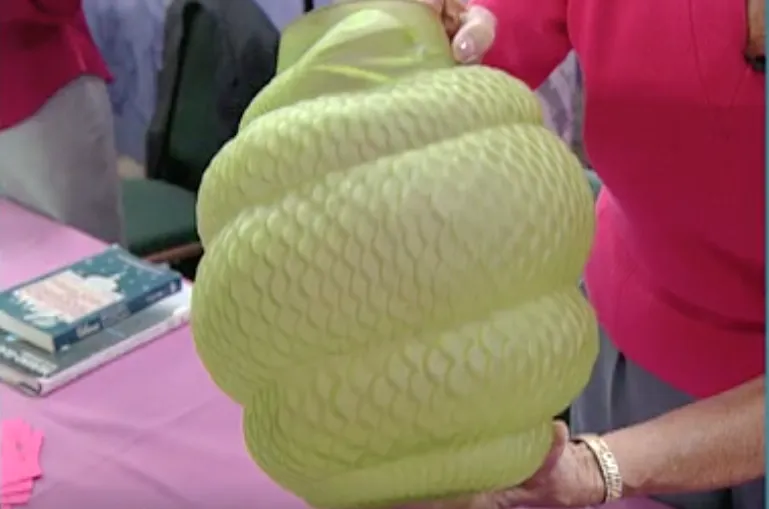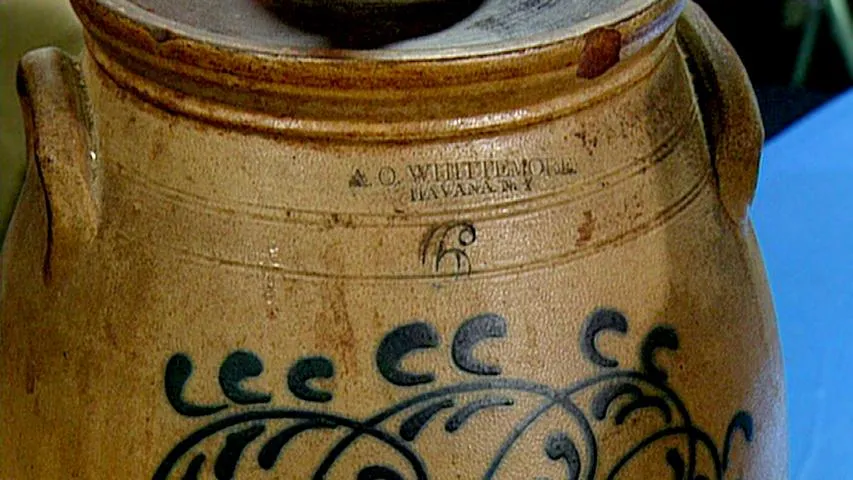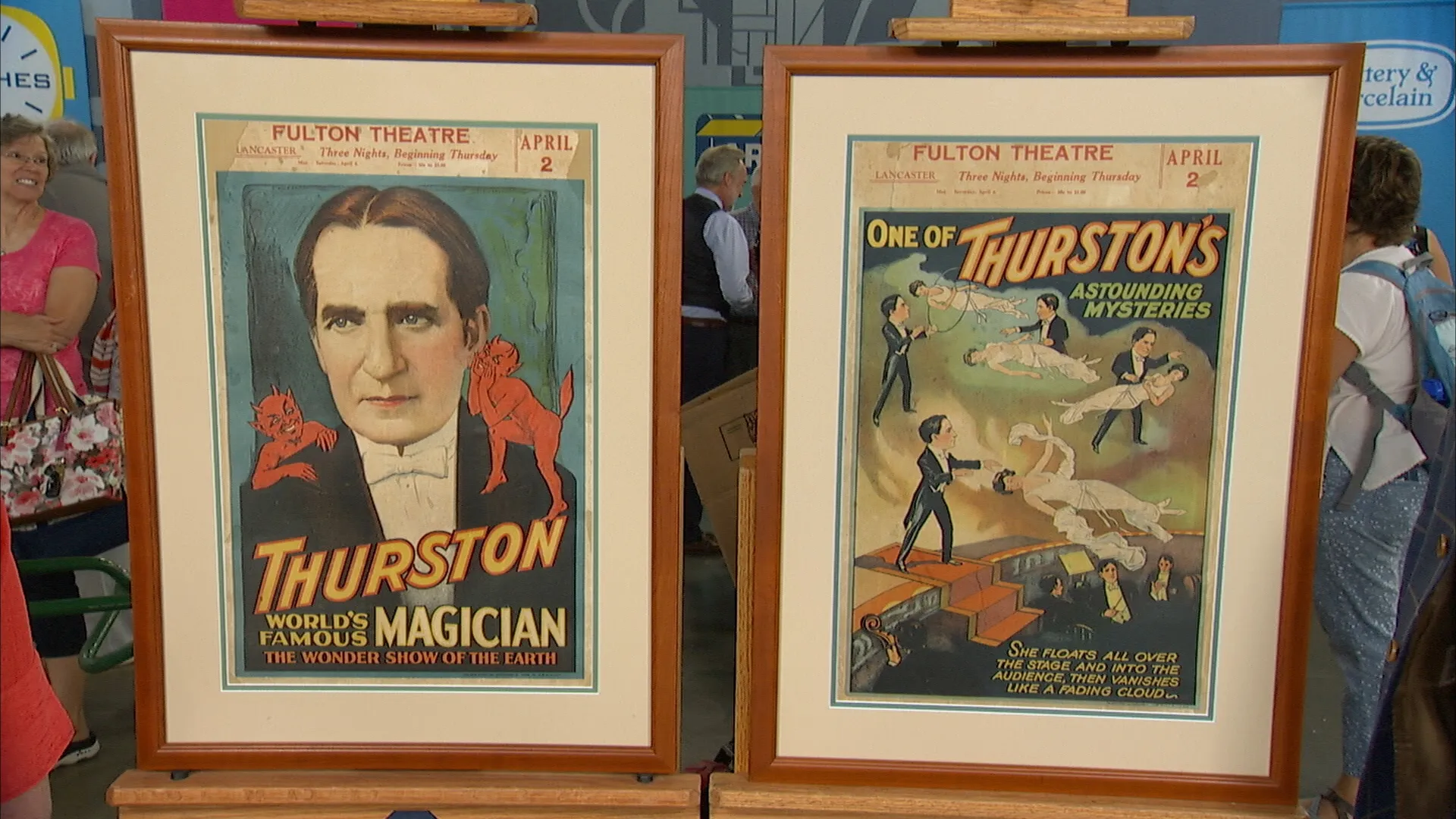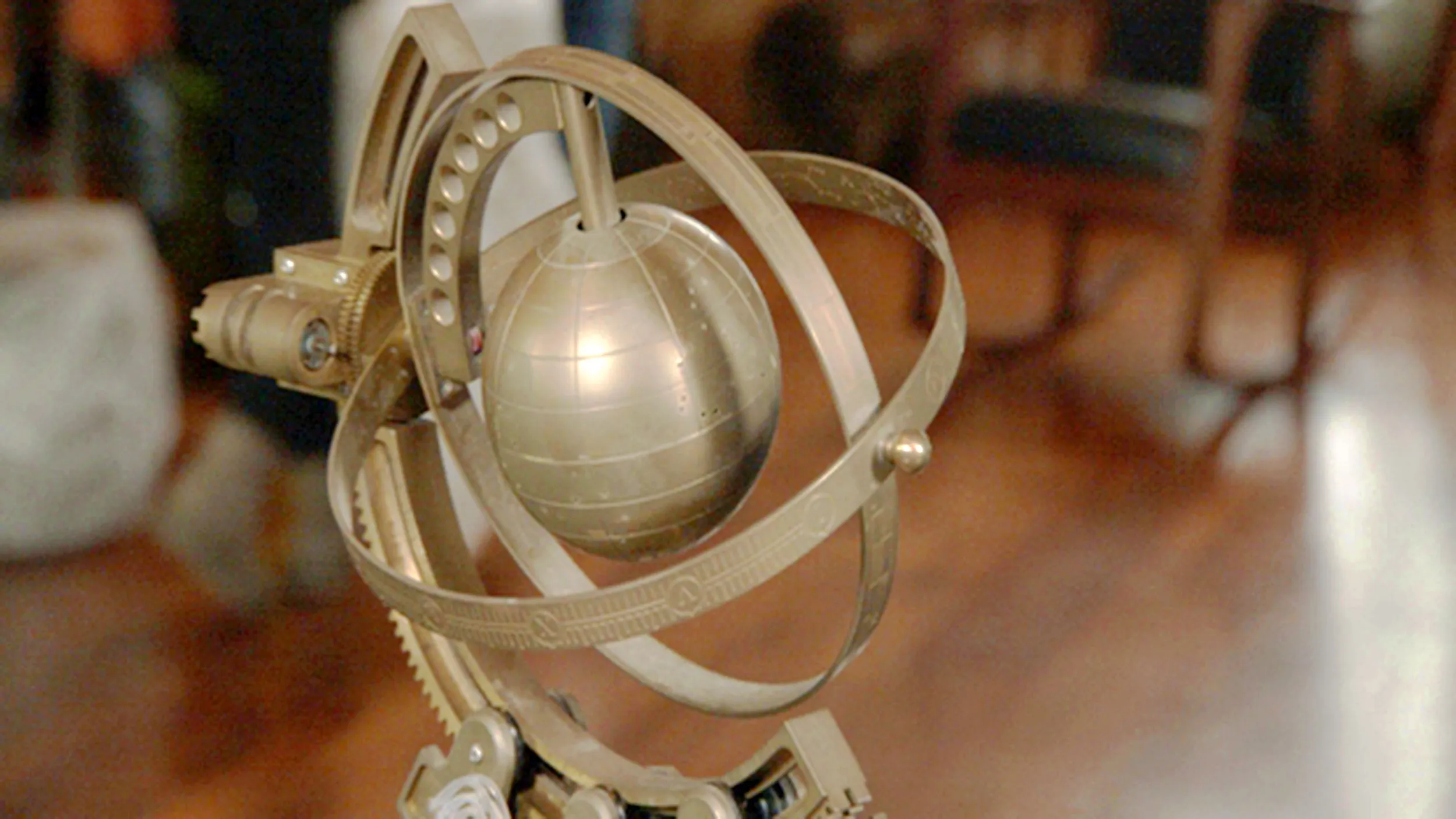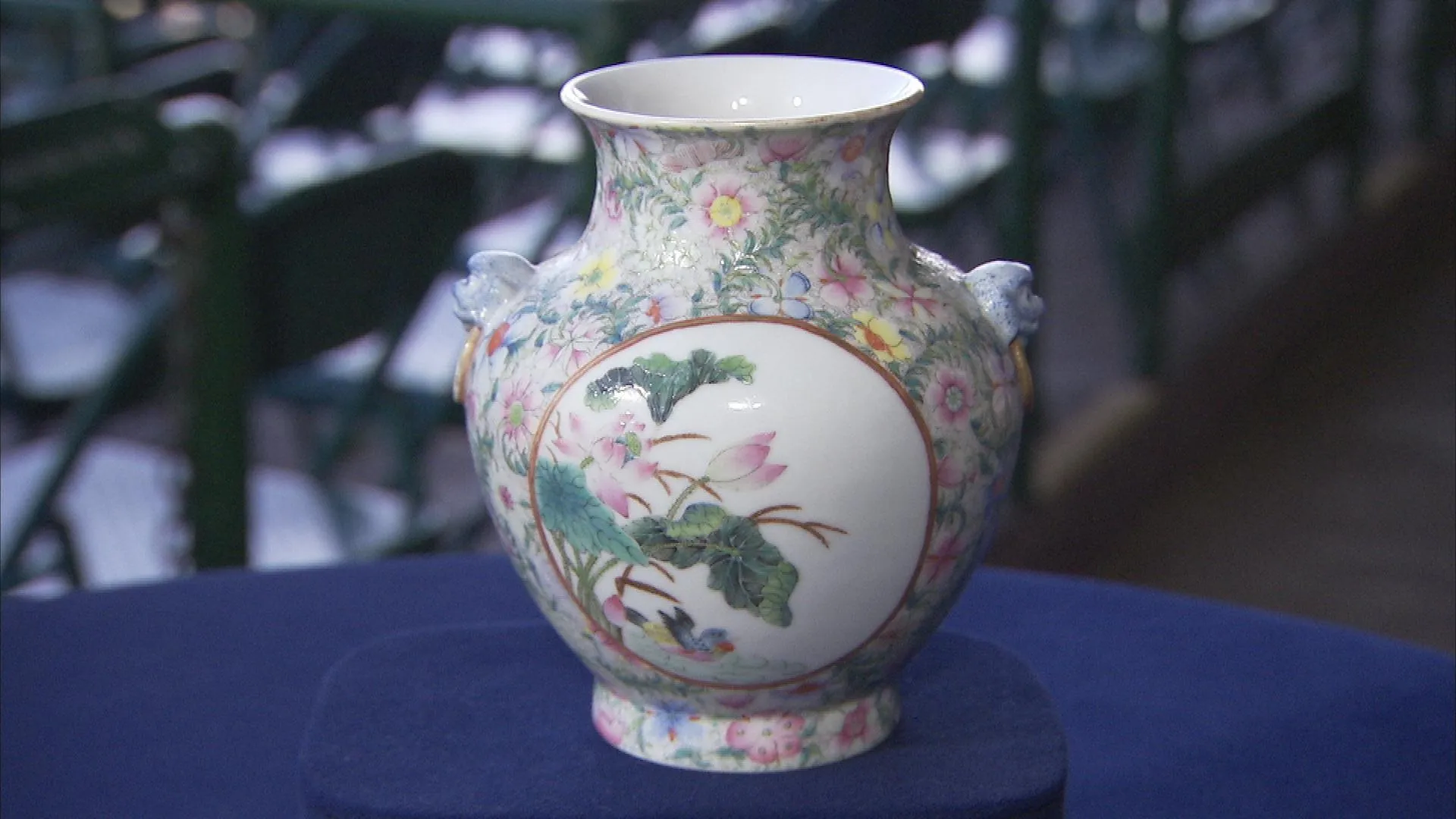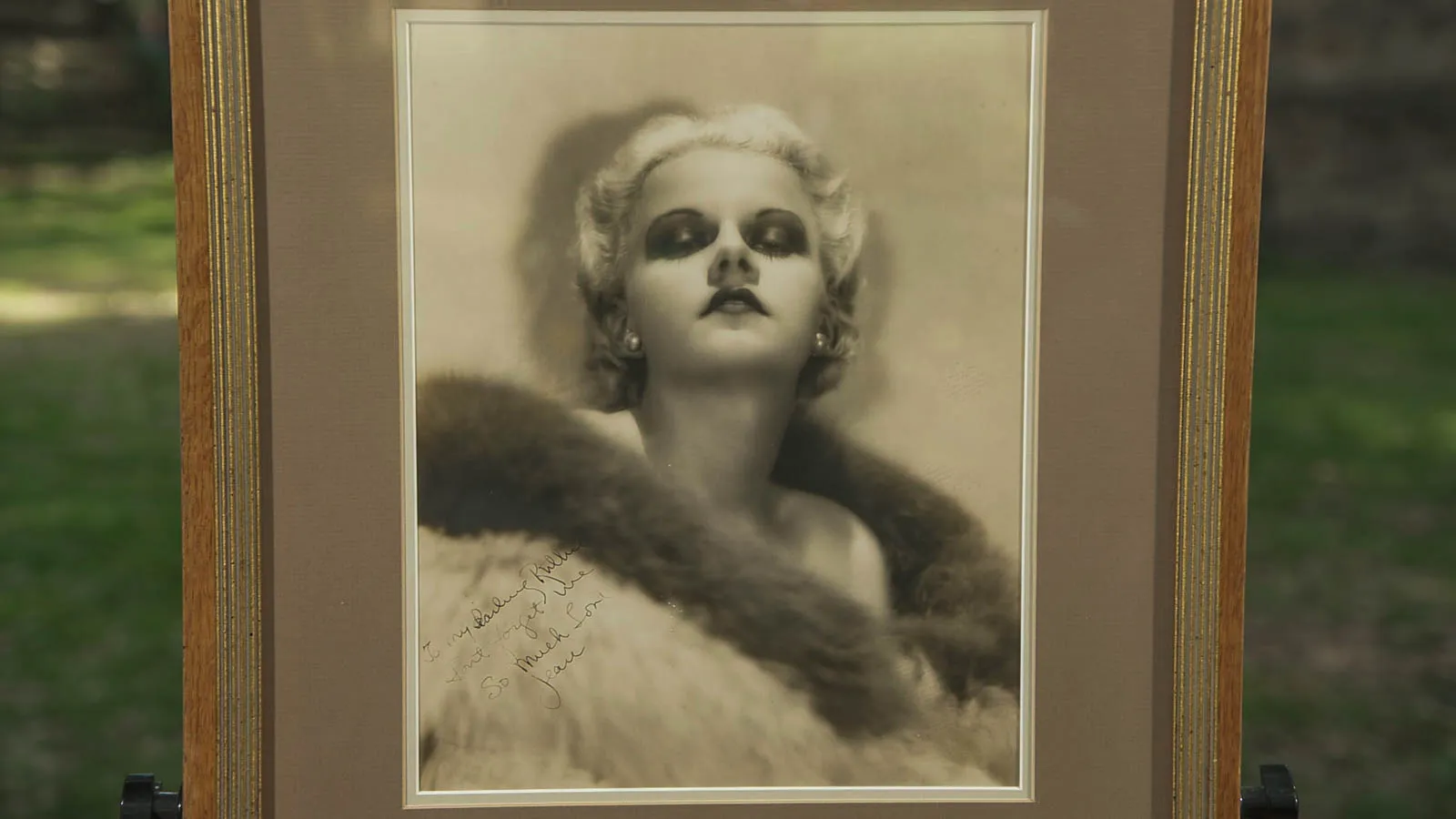GUEST: I buy houses, that's a business of mine. And ten or 11 years ago, one of the first houses we bought, this happened to be amongst a bunch of junk in a house that was kind of a hoarders type of situation, and we found him in the basement buried under a pile of trash.
APPRAISER: Any sense of how a piece like this ended up in the basement of a, of a house?
GUEST: I believe that this was given to the owner of that house who had passed away. He was a president of a community council, and this had sat on top of a pedestal that was a World War II monument.
APPRAISER: Okay.
GUEST: And this has recently been replaced by a bronze bust which is a copy of this. This used to sit on Lincoln Park Drive, which is now called Ezzard Charles Drive in Cincinnati...
APPRAISER: Right.
GUEST: And Lincoln Park Drive used to lead into Lincoln Park, which, now Union Terminal sits on Lincoln Park, so...
APPRAISER: Okay, so why did you keep it?
GUEST (chuckling): Why not? Look at it.
APPRAISER: It's a, it's a...
GUEST: It's an amazing piece.
APPRAISER: It's a terrific object, it really is.
GUEST: Yes.
APPRAISER: Well, there's an amazing history with Cincinnati and with Ohio and Lincoln and the anti-slavery movement. So this is a World War II monument, though. To African American soldiers in the war?
GUEST: Yes, I believe so.
APPRAISER: The piece looks to me to pre-date that pretty significantly, and...
GUEST: Oh, yes.
APPRAISER: I gather the, the monument was erected, and then this was placed up there well after it, it was crafted. Any sense of age here?
GUEST: I think it was about 100 years old. We found an article in "The Inquirer" from 1951...
APPRAISER: Okay.
GUEST: That describes that this sat on this monument since 1946.
APPRAISER: Okay.
GUEST: And they had claimed back then that it was about 40 years old.
APPRAISER: There's no question this was made for public display. This must have been a commission for a public space. My sense is that this piece is coming out of a tradition of more of a folk kind of a piece. Think of carousel carvings or ship carvers of the 19th century. I would date this piece to about 1880 or so.
GUEST: Wow.
APPRAISER: It is not the most finely carved, and that sort of gives it a little bit more of the, the folky feeling. But it's a very good rendering. Like the carousel figures, it's made out of laminated wood. It has great presence and great scale. This has had many different coats of paint on it...
GUEST: Right.
APPRAISER: But there are traces of the original green on here, and if it's displayed up high in the air, looking at it from below, you're going to say, "Look at that, at that great bronze." As a piece of folk sculpture, this has a lot of presence. The flip side of that is, what do you do with it? It makes it harder to place in a collector's home. But a folk art collector with a big enough place, this makes a huge statement. I would say at auction, maybe $5,000 to $7,000.
GUEST: Okay.

